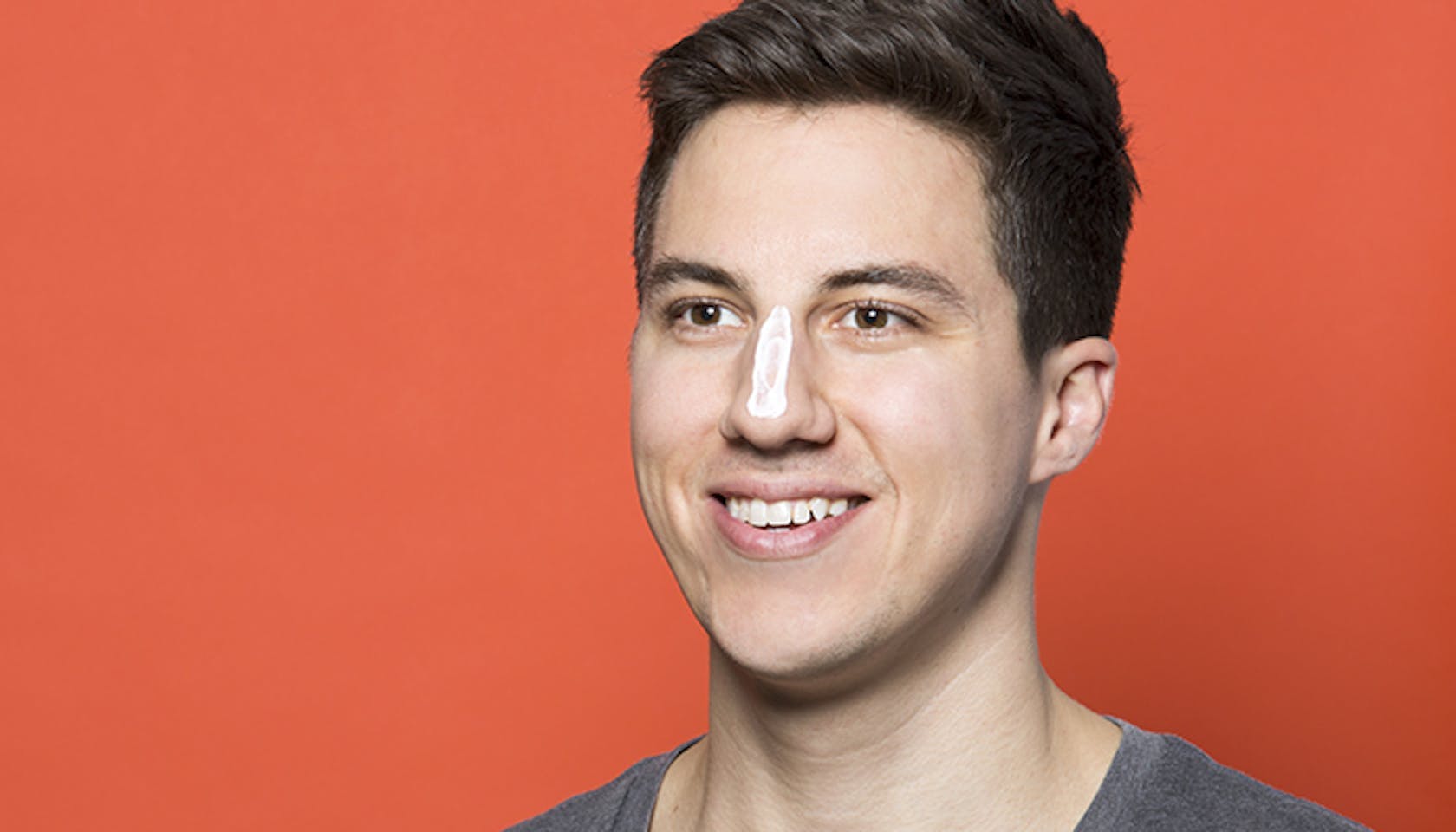Outdoors · April 21, 2015
Sunscreen Glossary: Everything They Never Told You About SPF and UV Rays

UVA Rays: Solar rays that cause skin cancer and wrinkles. The majority of solar rays that enter the atmosphere are UVA.
UVB Rays: Solar rays that primarily cause burning, but sometimes cancer.
Broad-Spectrum: Protects you from both types of rays (UVA and UVB). Some sunscreens only protect against UVB rays.
Sun-Protection Factor (SPF) Ratings: Think of this as a magnification scale. If your skin would normally burn after 10 minutes of sun exposure, SPF 15 theoretically gives you 15 times longer (150 minutes) until this happens. That is, if you apply it liberally. According to the New York Times, a proper coat is three tablespoons of lotion every two hours, while most people only apply a quarter to half that amount. Also, know that effectiveness above SPF 30 increases by only 1 or 2 percent, so the 97 percent coverage provided by SPF 30 (blocking 97% of rays) can only increase nominally as the SPF rating increases.
SPF ratings only refer to UVB rays; sunscreen must provide broad-spectrum or UVA/UVB coverage if it also blocks UVA rays.
The Takeaway
Its imperative that any sun protection gives you broad-spectrum coverage. Apply it liberally every two hours, or whenever you get out of the water.
Better yet, use a product with healing factors as well as preventive ones. Many moisturizers and serumslike Supergoop! Anti-Aging City Sunscreen Serum SPF 30have broad-spectrum SPF coverage, while also correcting fine lines and soothing sunburnt skin. These lightweight products are perfect for outdoor errands or commutes, when a thick, greasy sunscreen feels excessive, but coverage is still a priority.